Home>Kitchen & Cooking>Kitchen Gadgets & Utensils>How To Tell If Flatware Is Silver
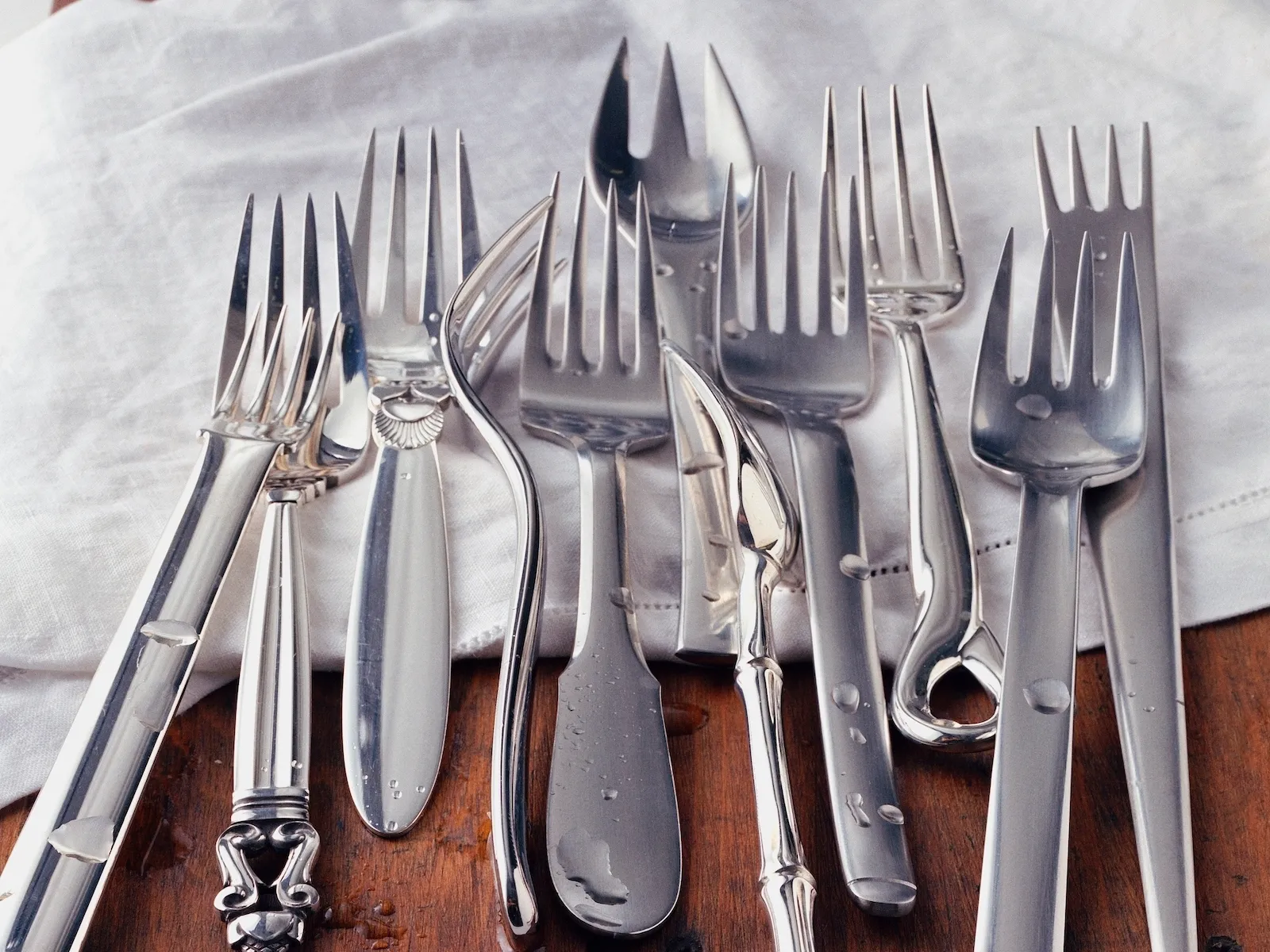

Kitchen Gadgets & Utensils
How To Tell If Flatware Is Silver
Published: February 1, 2024
Learn how to determine if your kitchen gadgets and utensils are made of silver with our comprehensive guide. Discover the telltale signs and testing methods.
(Many of the links in this article redirect to a specific reviewed product. Your purchase of these products through affiliate links helps to generate commission for Storables.com, at no extra cost. Learn more)
Introduction
Determining whether flatware is made of silver can be an intriguing and rewarding endeavor. Silver flatware exudes timeless elegance and often holds sentimental value, making it a prized possession for many. Whether you've inherited a set of flatware or stumbled upon a promising find at an antique store, the allure of authentic silver flatware is undeniable. However, distinguishing genuine silver from silver-plated or stainless steel alternatives requires a keen eye and a few simple tests.
In this comprehensive guide, we will explore various methods for identifying authentic silver flatware. From visual inspections to professional appraisals, each approach offers valuable insights into the composition of your flatware. By understanding these techniques, you can confidently assess the authenticity and value of your silver flatware collection.
As we embark on this enlightening journey, it's important to approach the process with a curious and discerning mindset. The allure of uncovering a genuine silver treasure amidst a sea of imitations is a thrilling prospect. With the right knowledge and techniques at your disposal, you'll be well-equipped to unravel the mysteries of your flatware's composition. So, let's delve into the fascinating world of silver flatware identification and discover the methods that will empower you to distinguish the authentic from the ersatz.
Key Takeaways:
- Uncover the Mystery of Silver Flatware
Discover the allure of authentic silver flatware through visual inspections, magnet tests, and hallmark examinations. Unravel the secrets of its composition and authenticity with simple yet fascinating methods. - Embrace the Timeless Value of Silver Flatware
Explore the world of silver flatware with professional appraisals, gaining expert insights into its historical significance and market value. Delve into the craftsmanship and cultural stories behind these cherished treasures.
Read more: How To Store Silver Flatware
Visual Inspection
Visual inspection serves as the initial step in determining the authenticity of silver flatware. By closely examining the flatware's surface, you can glean valuable insights into its composition. Begin by scrutinizing the overall appearance of the flatware. Authentic silver flatware often exhibits a lustrous, silver-white hue that sets it apart from its counterparts. Look for signs of tarnishing, as authentic silver tends to develop a patina over time, adding to its distinctive charm.
Next, inspect the flatware for any markings or engravings that may indicate its silver content. Genuine silver flatware is typically stamped with specific hallmarks or purity marks, denoting the silver content and the manufacturer's insignia. These markings are crucial indicators of authenticity and can provide valuable clues about the flatware's origins and composition.
Furthermore, pay close attention to the weight of the flatware. Authentic silver flatware tends to be heavier than silver-plated or stainless steel alternatives. This weight disparity is a result of silver's density, which imparts a substantial feel to genuine silver flatware.
Additionally, examine the edges and handles of the flatware for any signs of wear or plating loss. Authentic silver flatware may reveal subtle signs of use and age, adding character and authenticity to its appearance. Conversely, silver-plated or stainless steel flatware may exhibit more pronounced signs of wear, such as flaking or peeling of the plating.
By conducting a thorough visual inspection, you can begin to discern the unique characteristics of authentic silver flatware. This initial assessment sets the stage for further testing methods, providing valuable insights that contribute to the overall evaluation of the flatware's composition and authenticity.
Magnet Test
The magnet test serves as a simple yet effective method for gauging the authenticity of silver flatware. To conduct this test, begin by acquiring a small, strong magnet. When applying the magnet to the flatware, observe its reaction closely. Authentic silver is non-magnetic, meaning that the magnet will not be attracted to the flatware. This distinct characteristic sets silver apart from other metals, such as stainless steel, which are magnetic and readily attract the magnet.
As you bring the magnet in proximity to the flatware, take note of any resistance or lack of attraction. Genuine silver flatware will exhibit minimal to no magnetic response, reaffirming its non-ferrous nature. Conversely, if the magnet demonstrates a strong pull or attraction towards the flatware, it is indicative of a silver-plated or stainless steel composition.
The magnet test provides a quick and accessible means of differentiating between authentic silver and alternative metals. Its simplicity and reliability make it a valuable tool for initial assessments of silver flatware. However, it is important to note that while the magnet test can help identify non-silver compositions, it should be complemented by additional testing methods to confirm the presence of authentic silver.
By incorporating the magnet test into your evaluation process, you can swiftly eliminate magnetic metals from consideration, narrowing down the possibilities and paving the way for further examinations. This test serves as an essential preliminary step in the quest to unveil the true nature of your flatware, offering valuable insights that contribute to the overall assessment of its composition and authenticity.
Look for a stamp that says “sterling” or “925” on the flatware. If it’s magnetic, it’s not silver. You can also use a silver testing kit to confirm.
Hallmark Examination
The hallmark examination stands as a pivotal method for ascertaining the authenticity and provenance of silver flatware. Hallmarks, also known as purity marks or maker's marks, are stamped or engraved onto silver flatware to signify its silver content and provide insight into its origin. These marks serve as invaluable indicators of authenticity, offering a window into the flatware's composition and historical significance.
When embarking on a hallmark examination, it is essential to approach the process with meticulous attention to detail. Begin by closely scrutinizing the flatware for any stamped or engraved markings. These hallmarks are often located on the underside of the flatware, near the handle, and may appear as intricate symbols, letters, or numbers. Each hallmark carries its own significance, conveying essential information about the flatware's silver content and the manufacturer responsible for its creation.
One of the primary elements to look for within hallmarks is the silver purity mark, denoting the percentage of pure silver present in the flatware. Common purity marks include "925" or "Sterling," indicating that the flatware is composed of 92.5% pure silver, with the remaining percentage typically comprising other metals for added strength and durability. Additionally, hallmarks may feature symbols or initials representing the silversmith or manufacturer, offering valuable insights into the flatware's origins and craftsmanship.
Furthermore, hallmark examination often involves referencing hallmark guides or databases to decipher the meaning behind specific symbols and identify renowned silversmiths or manufacturers associated with the flatware. This meticulous research and analysis contribute to unraveling the flatware's historical context and validating its authenticity.
In addition to purity marks and manufacturer's insignia, hallmarks may include date letters, indicating the year of production and further enhancing the flatware's historical narrative. By deciphering these date letters, one can trace the flatware's lineage and gain a deeper appreciation for its heritage and craftsmanship.
The hallmark examination serves as a gateway to unlocking the mysteries concealed within silver flatware, offering a profound understanding of its composition, origins, and historical significance. Through careful observation and research, one can unravel the intricate stories woven into the hallmarks, unveiling the timeless allure of authentic silver flatware.
Acid Test
The acid test stands as a definitive method for verifying the silver content of flatware, offering a precise and conclusive means of determining its authenticity. This test involves the application of acid solutions to the flatware to observe its reaction, providing valuable insights into its silver composition.
To conduct the acid test, one must first procure a silver testing kit, which typically includes nitric acid and a testing stone. The testing stone serves as a neutral surface for conducting the test, preventing any discoloration or damage to other materials. Additionally, the nitric acid solution is a crucial component, as it reacts specifically with silver to reveal its purity.
Commencing the acid test involves carefully selecting an inconspicuous area on the flatware, preferably on the underside or an interior section, to minimize any visible marks. Using the testing stone, lightly scratch the chosen area to create a small, discreet mark. Subsequently, apply a drop of nitric acid to the marked spot and observe the ensuing reaction.
Authentic silver flatware will exhibit a particular reaction when exposed to nitric acid. The acid causes the scratched area to undergo a color change, typically turning a creamy or off-white hue. This distinctive reaction confirms the presence of silver, as the acid interacts with the metal to produce a discernible alteration in color.
However, if the flatware is composed of silver-plated or non-silver materials, the acid test will yield a different outcome. In such cases, the acid will cause the scratched area to undergo a green or gray discoloration, indicating the absence of genuine silver. This stark contrast in reactions serves as a definitive indicator of the flatware's composition, enabling a clear distinction between authentic silver and alternative metals.
The acid test's precision and reliability make it an indispensable tool for verifying the silver content of flatware. Its ability to elicit distinct reactions based on the metal's composition empowers individuals to confidently ascertain the authenticity of their silver flatware. By incorporating the acid test into the evaluation process, one can gain definitive clarity regarding the flatware's silver content, further enriching the assessment of its composition and value.
In summary, the acid test serves as a pivotal method for confirming the presence of authentic silver within flatware, offering a conclusive means of differentiating genuine silver from imitations. Its precision and reliability make it an essential component of the silver identification process, providing invaluable insights that contribute to a comprehensive understanding of the flatware's composition and authenticity.
Read more: What Is Silver-Plated Flatware
Professional Appraisal
Professional appraisal represents the pinnacle of silver flatware authentication, offering a comprehensive and authoritative assessment of the flatware's composition, historical significance, and market value. Engaging the services of a certified appraiser specializing in silverware and antiques provides an invaluable opportunity to gain expert insights and validation regarding the authenticity and worth of your flatware collection.
A professional appraisal entails a meticulous examination of the flatware by a qualified appraiser possessing extensive knowledge and expertise in silverware evaluation. The appraiser conducts a thorough assessment, scrutinizing the flatware's physical attributes, hallmarks, and historical context to ascertain its authenticity and provenance. This meticulous examination encompasses a detailed analysis of the flatware's craftsmanship, design intricacies, and any distinguishing features that contribute to its overall significance.
Furthermore, the appraiser leverages their expertise to decipher the hallmarks and purity marks present on the flatware, unraveling the unique stories and historical context encapsulated within these enigmatic symbols. By delving into hallmark guides, historical records, and artisanal traditions, the appraiser can provide valuable insights into the flatware's origins, craftsmanship, and potential cultural or historical significance.
In addition to authenticity assessment, a professional appraisal encompasses a comprehensive evaluation of the flatware's market value. The appraiser leverages their in-depth knowledge of the antiques and silverware market to determine the fair market value of the flatware based on its rarity, condition, historical provenance, and current demand. This valuation process offers a nuanced understanding of the flatware's worth, empowering owners with valuable information for insurance purposes, estate planning, or potential sale considerations.
Moreover, a professional appraisal serves as a gateway to expanding one's understanding and appreciation of silver flatware, shedding light on its historical context, craftsmanship, and cultural significance. The appraiser's expertise and insights provide a deeper understanding of the flatware's place within the broader historical and artistic landscape, enriching the owner's connection to their cherished silverware collection.
In summary, professional appraisal represents an indispensable resource for individuals seeking authoritative validation and comprehensive insights into their silver flatware. Through the expertise of a certified appraiser, owners can gain a profound understanding of their flatware's authenticity, historical significance, and market value, fostering a deeper appreciation for these timeless treasures.
Frequently Asked Questions about How To Tell If Flatware Is Silver
Was this page helpful?
At Storables.com, we guarantee accurate and reliable information. Our content, validated by Expert Board Contributors, is crafted following stringent Editorial Policies. We're committed to providing you with well-researched, expert-backed insights for all your informational needs.
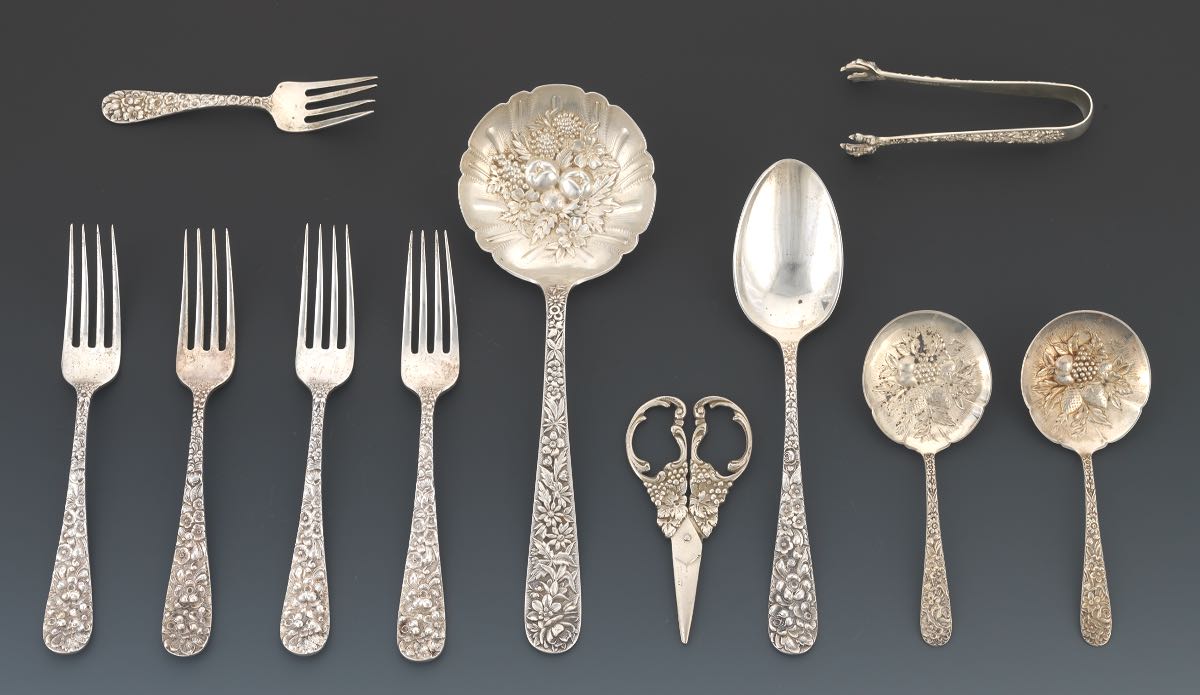
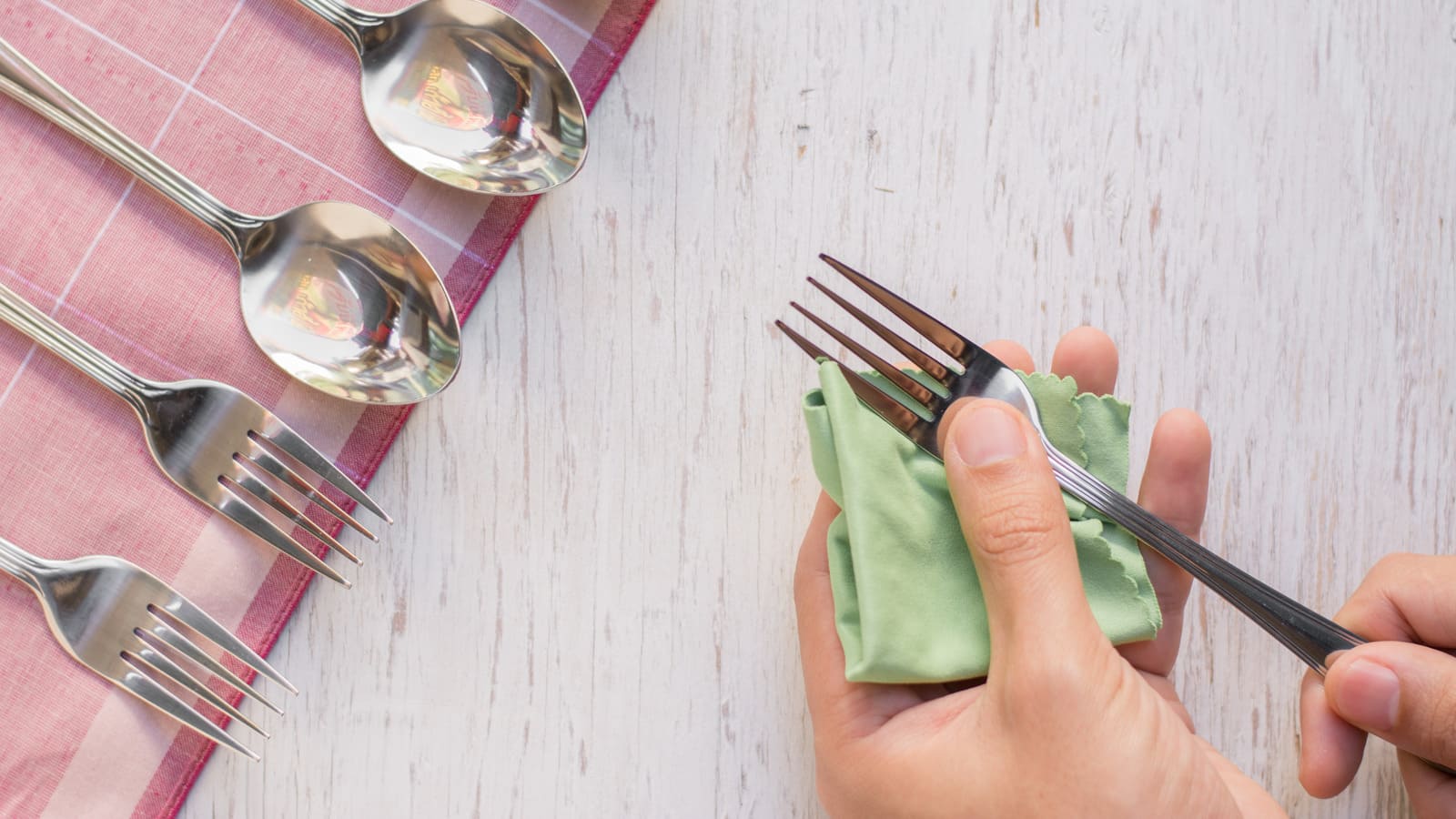
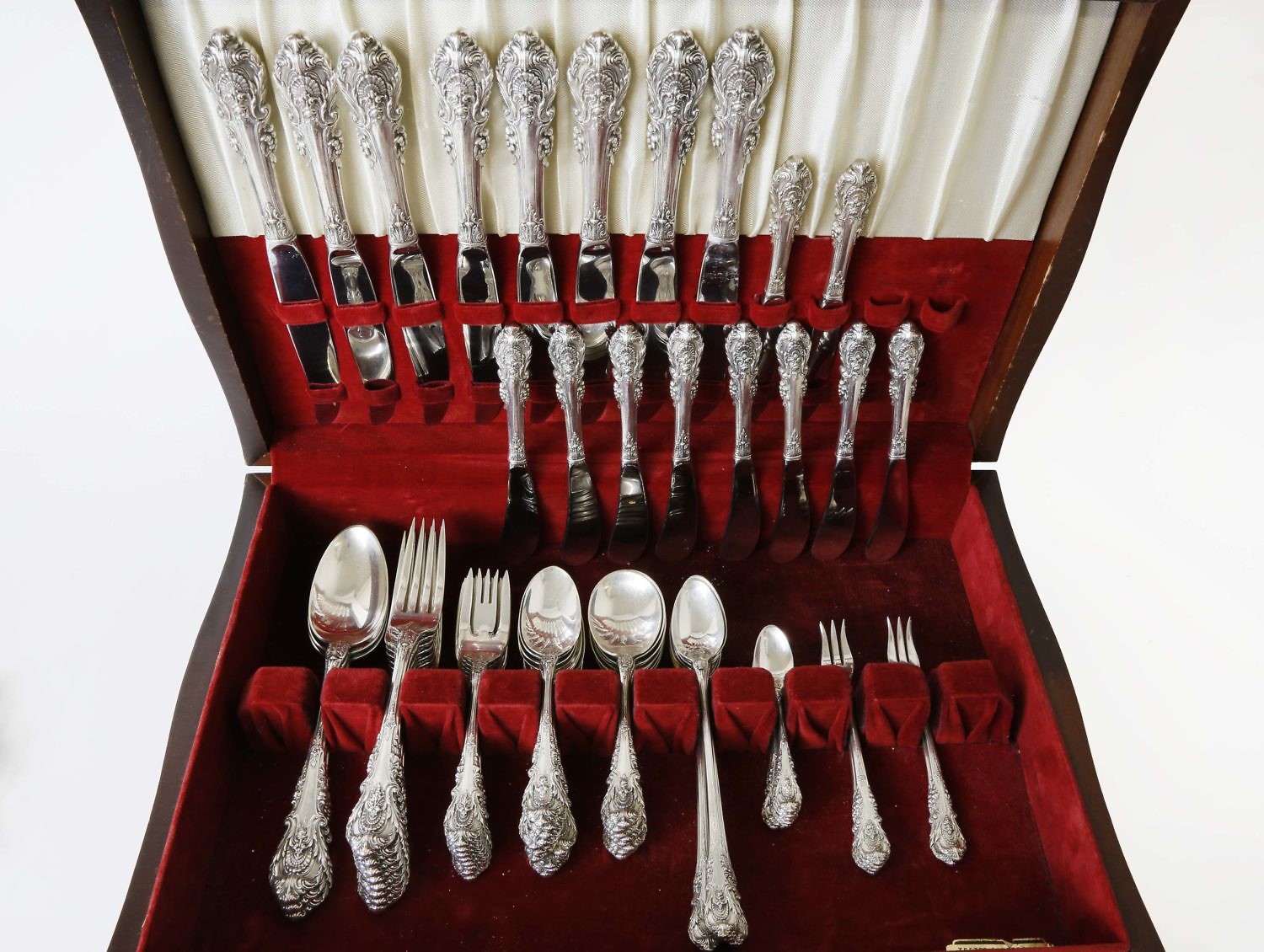
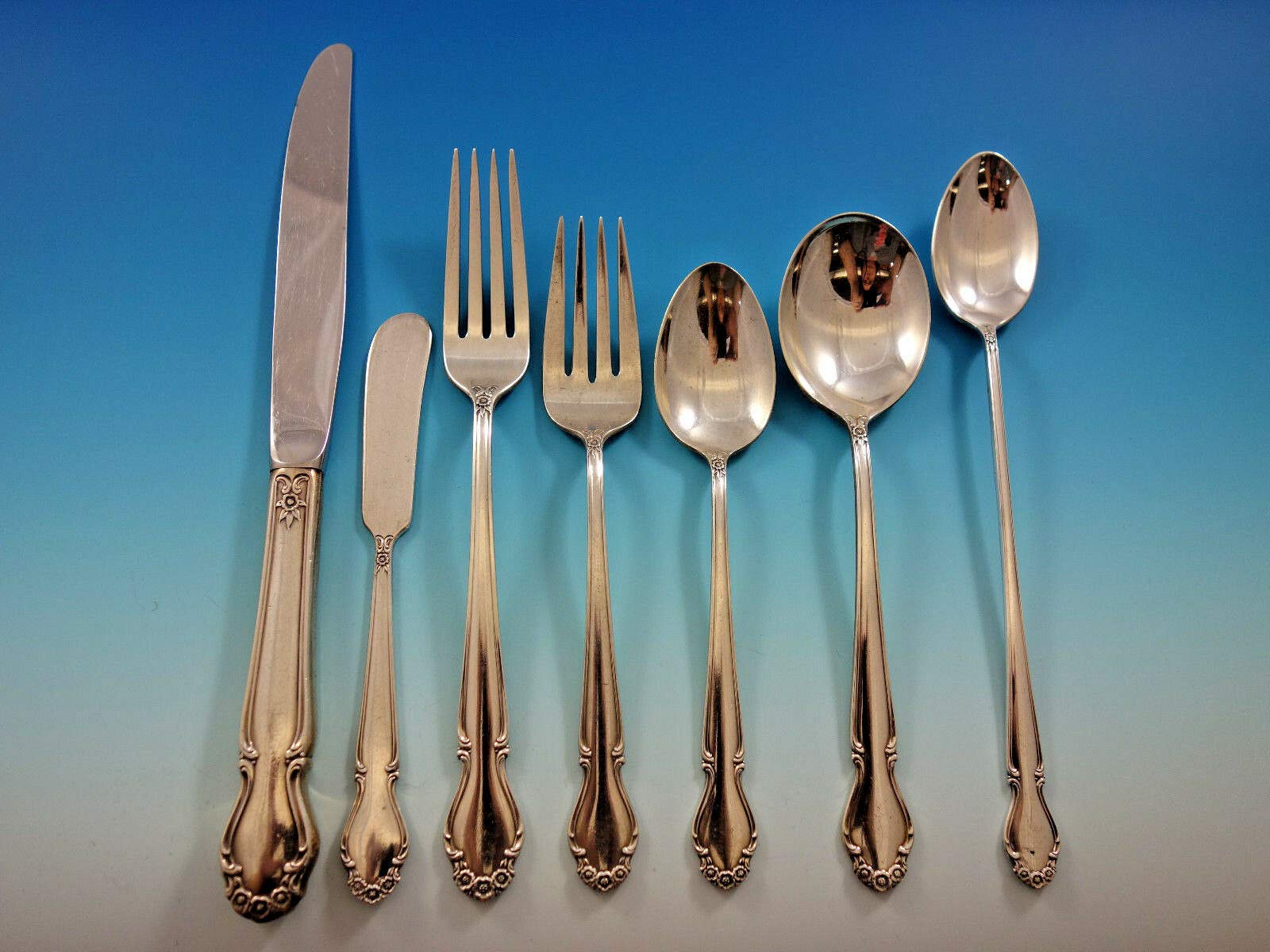
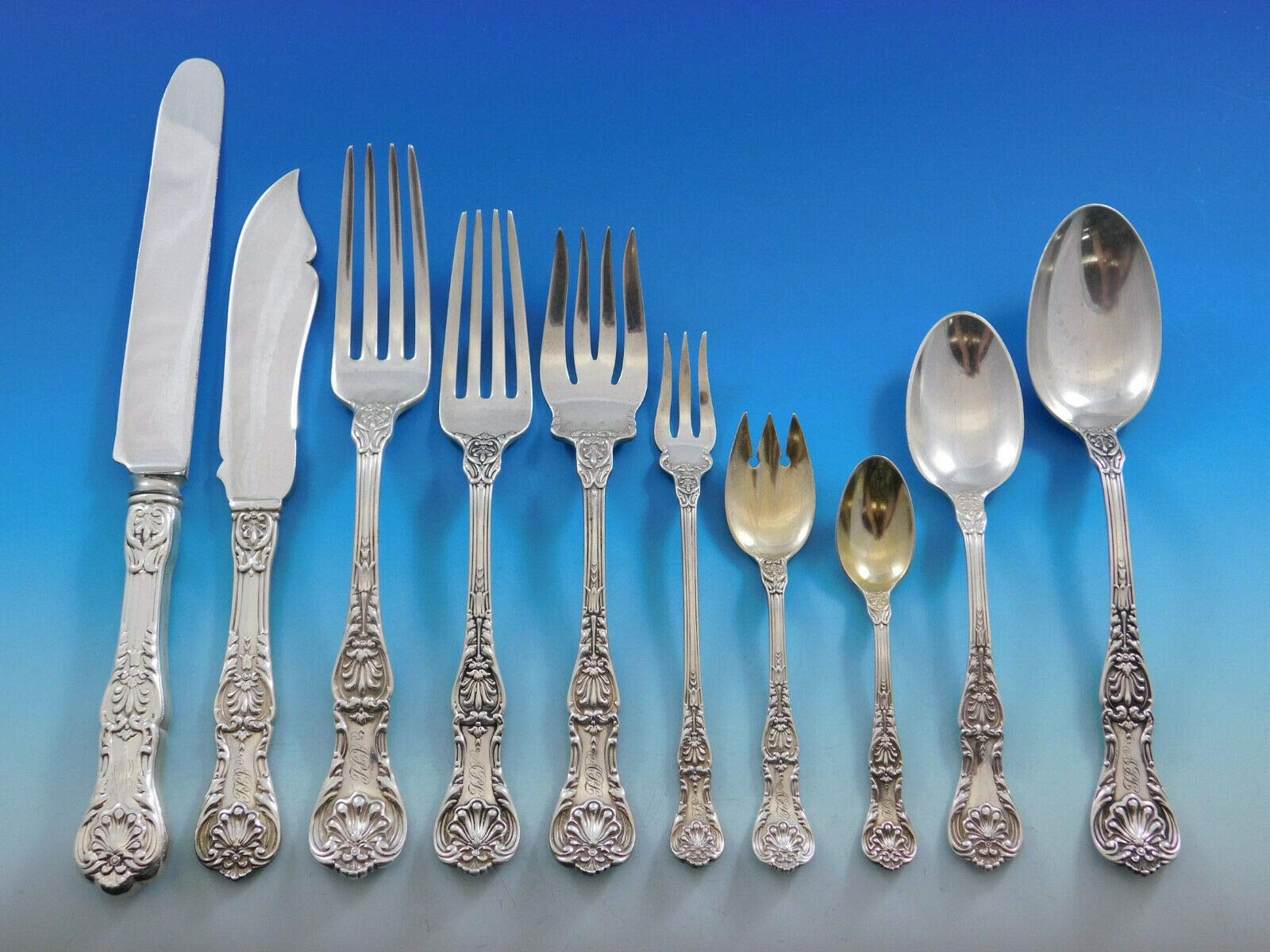
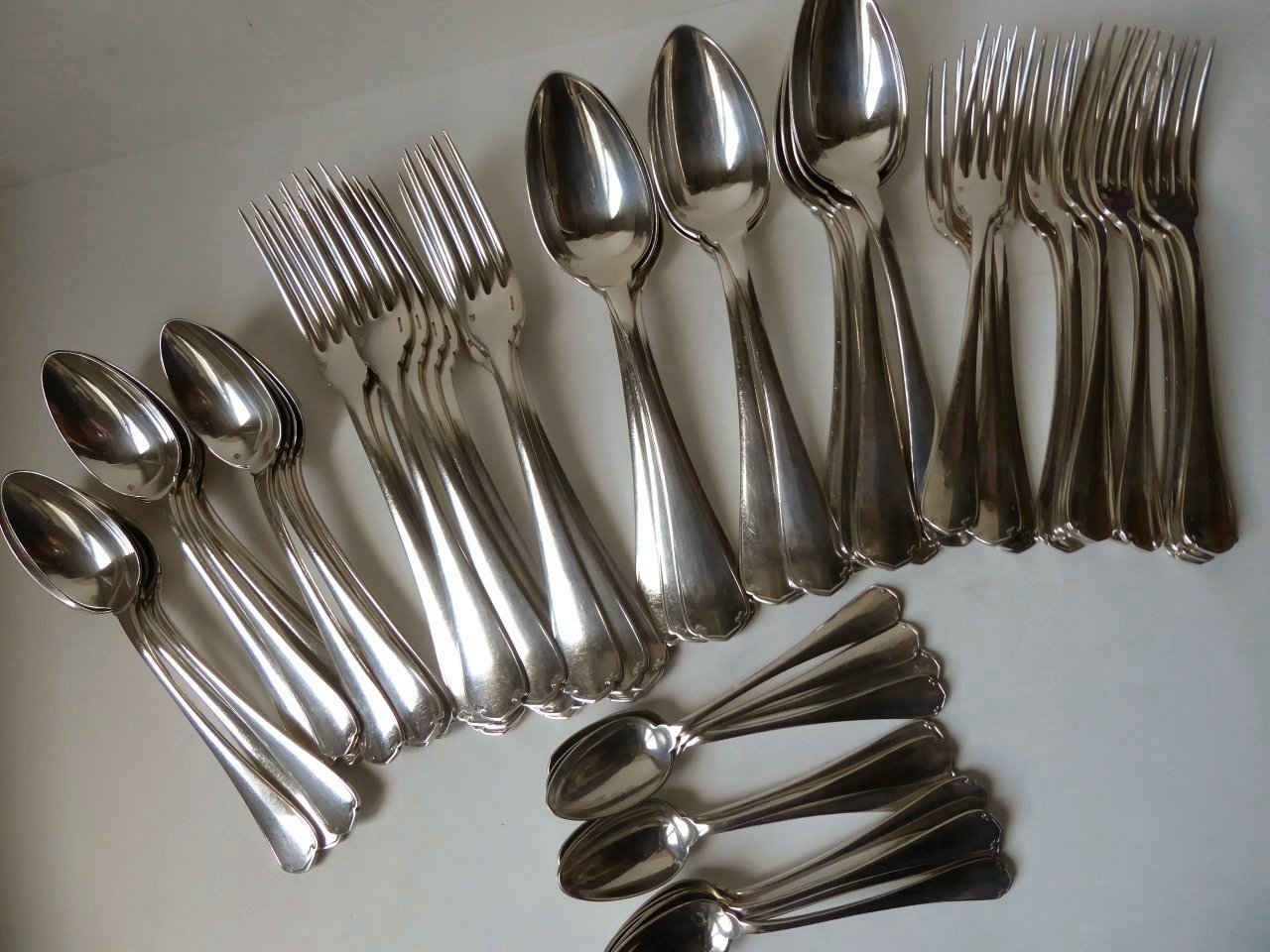
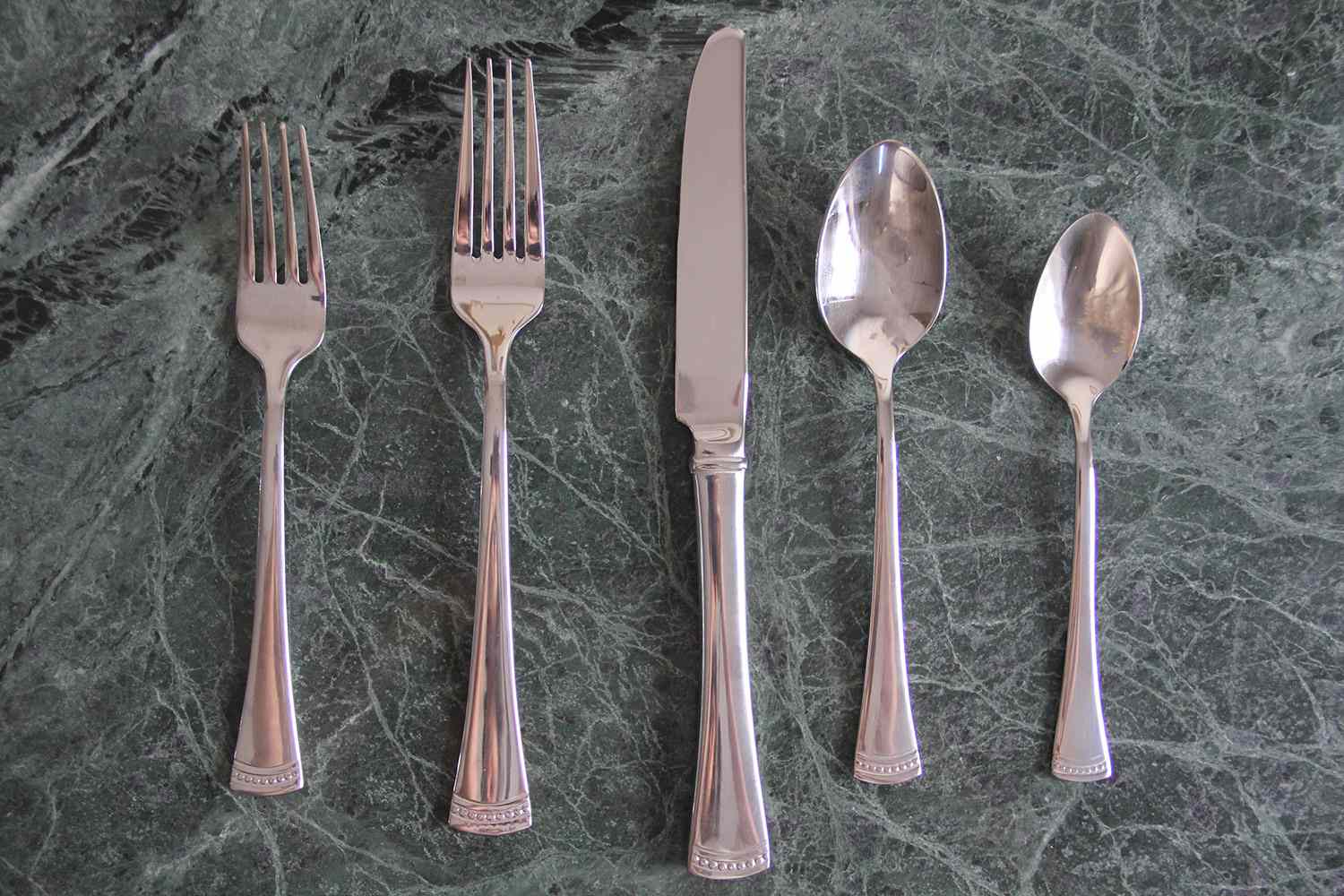
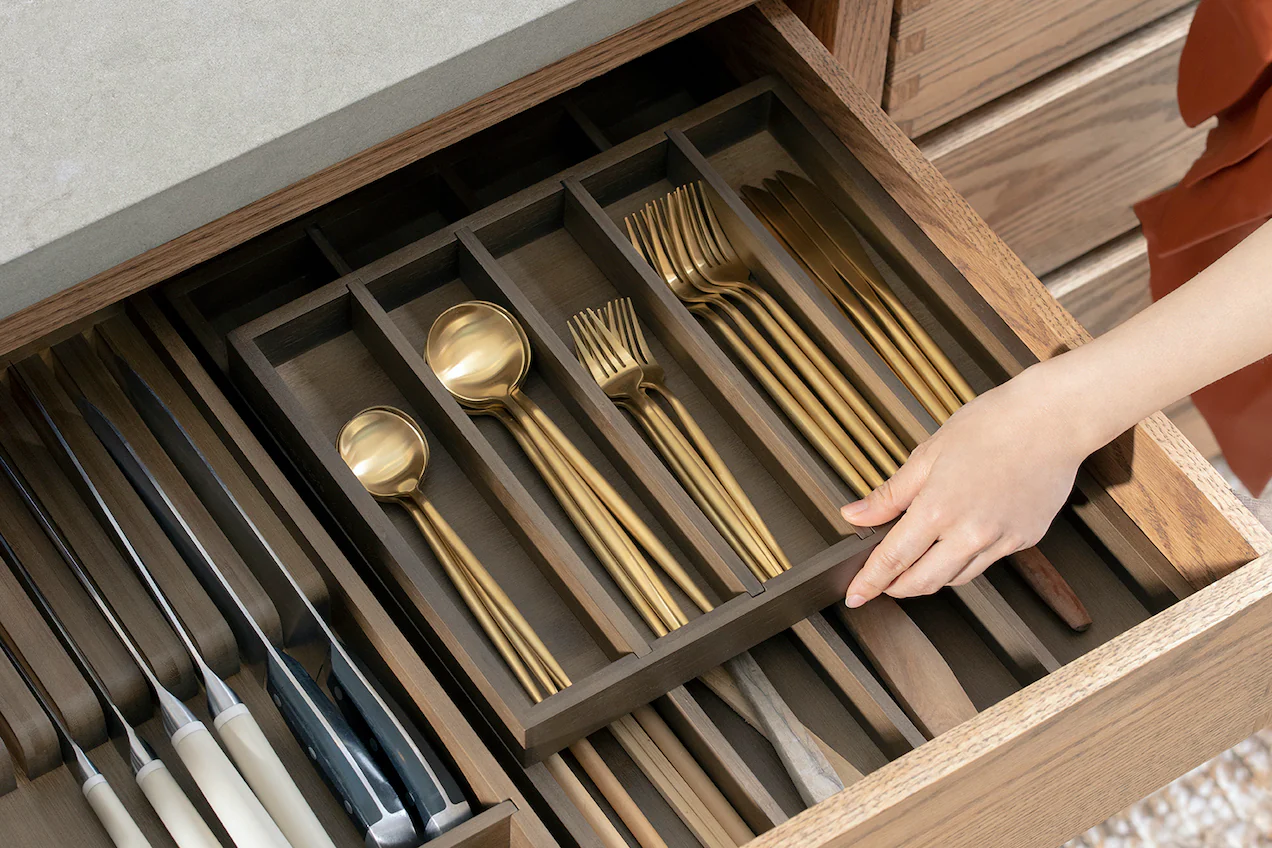
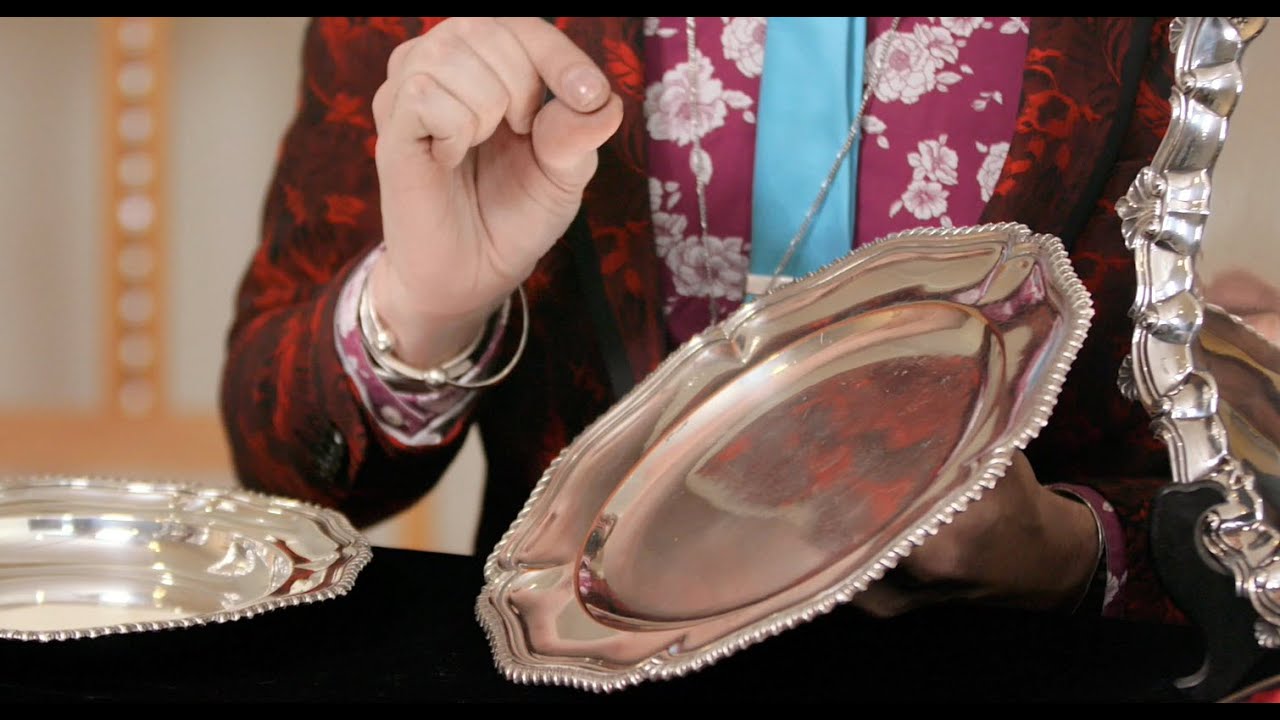
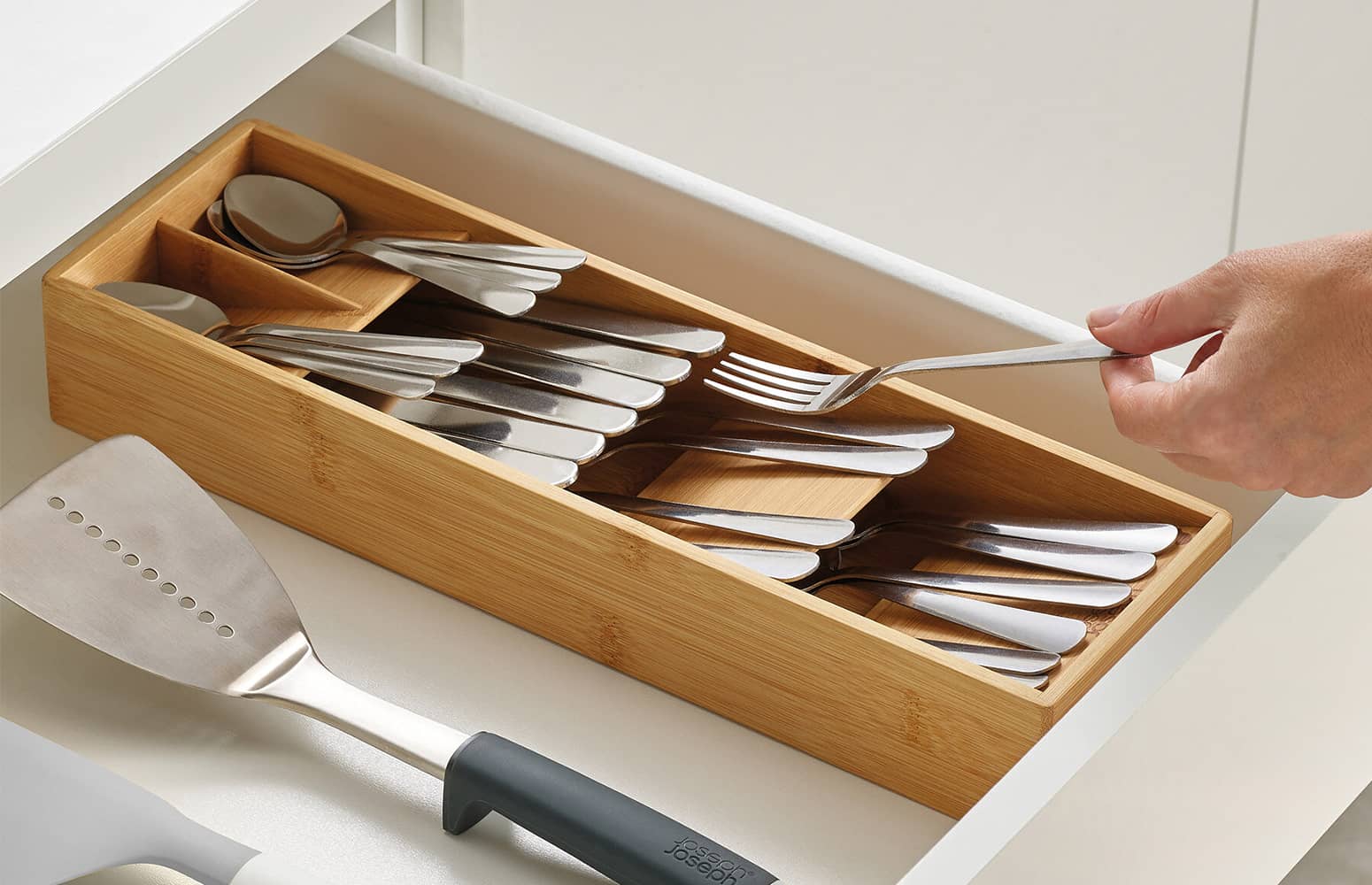
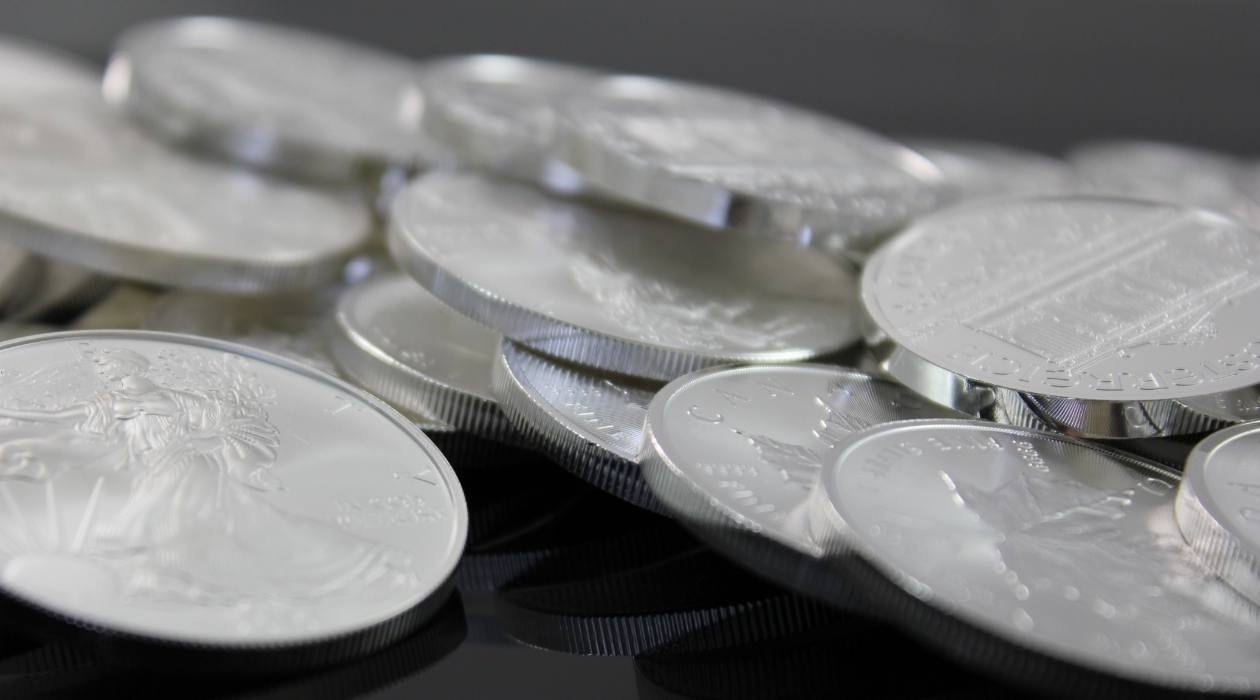
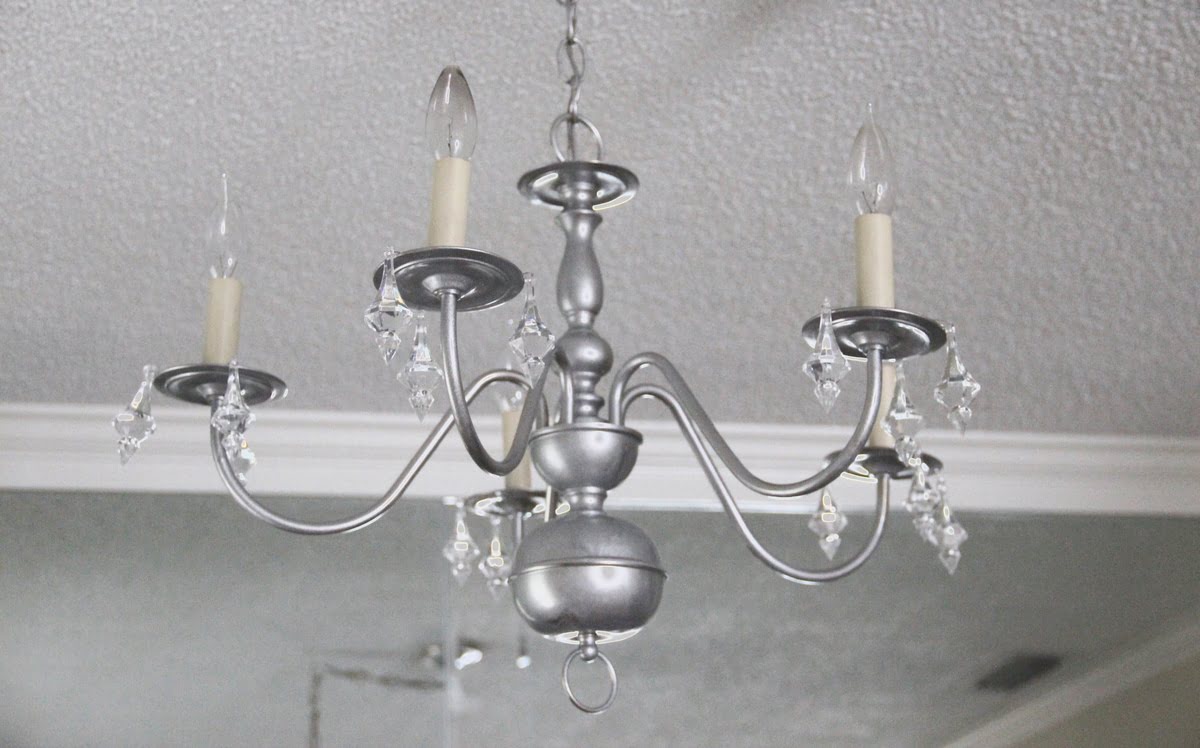
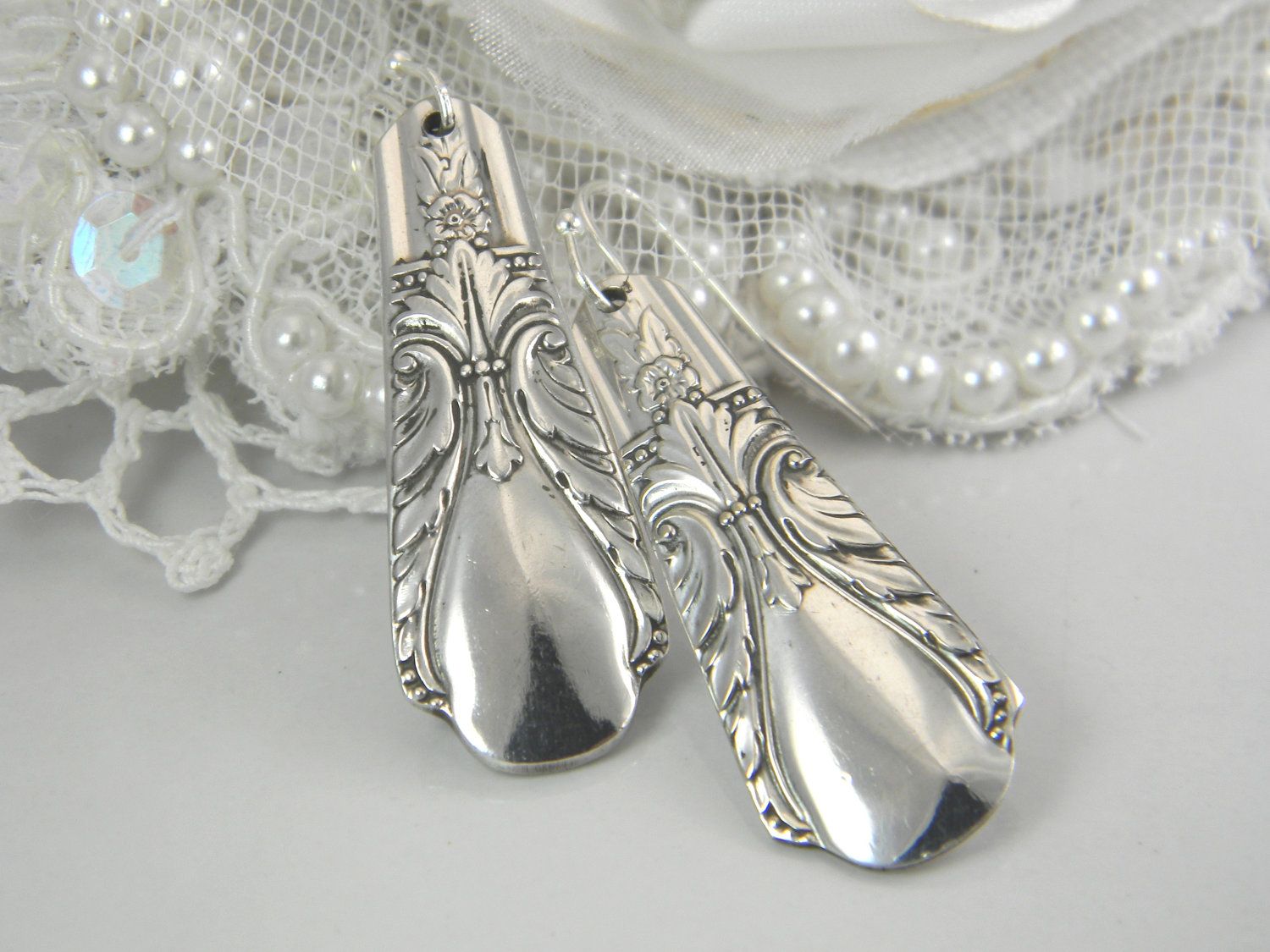
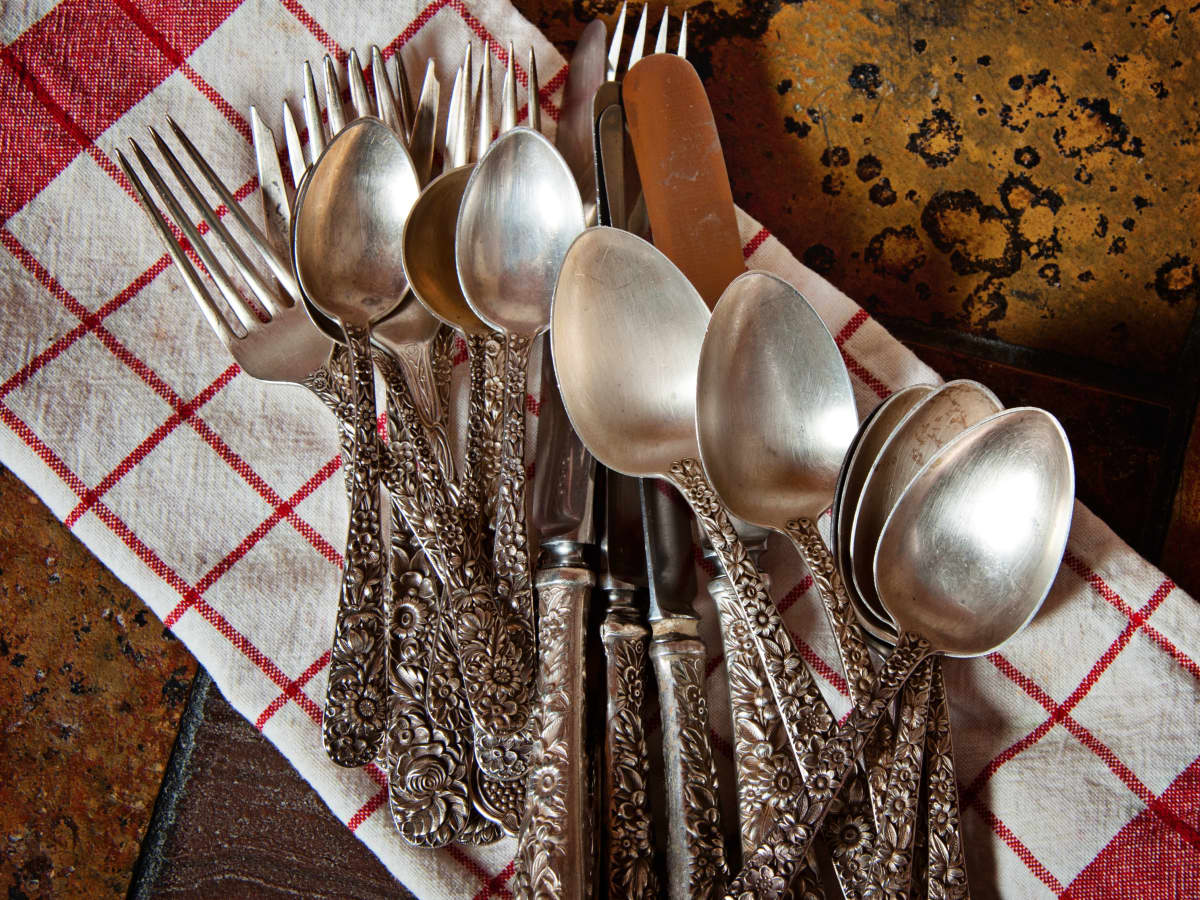

0 thoughts on “How To Tell If Flatware Is Silver”